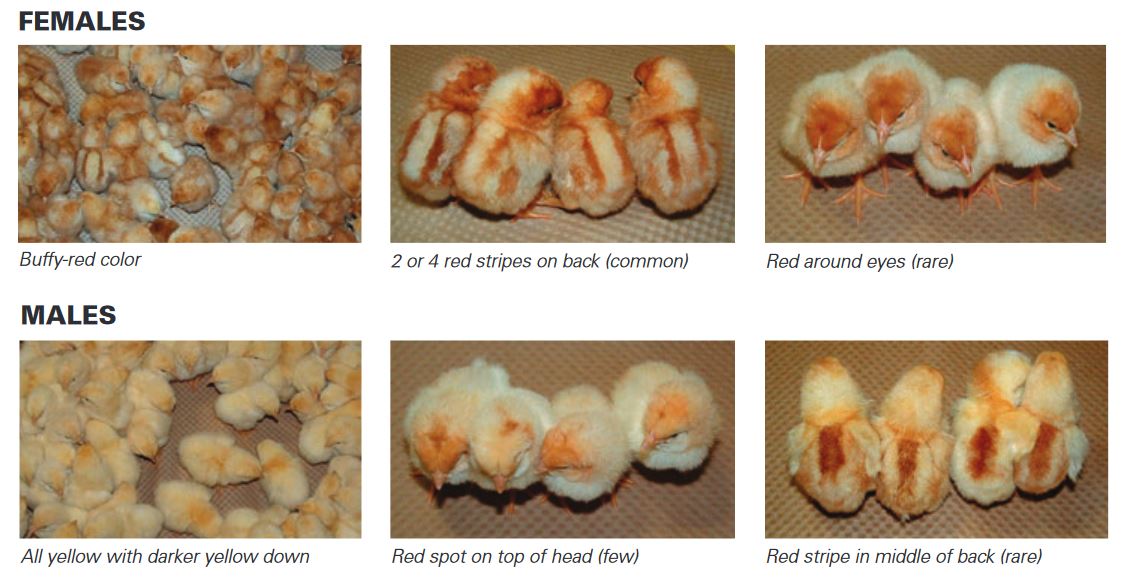Every year in Australia, around 12 million of these male chicks are macerated (ground up alive) or gassed in the first day of their lives as 'waste products' of the industry. A large number of abnormal or deformed females are also macerated.
Now, for the first time ever in Australia, the horrific reality of this maceration has been captured on camera, along with the painful de-beaking inflicted on the female chicks. Filmed at one of the country's largest hatcheries, owned by Specialised Breeders Australia (SBA) and located at Huntly, just outside of Bendigo, Victoria, the footage highlights the inexcusable cruelty and suffering behind every carton of eggs, from caged to free-range.
Original footage:
Maceration of male chicks at SBA Hatchery, Huntly VIC (10:25, 1080p, 50fps, 20mbps)
Maceration of male chicks at SBA Hatchery, Huntly VIC - slow motion (4:30 slowed to 9:00, 1080p, 100fps slowed to 50fps, 20mbps)
Debeaking of female chicks (4:57, 720p, 27fps)
The largest supplier of day-old chicks for the egg industry in Australia, accounting for roughly 70% of the layer hens found in commercial egg farms.
The SBA hatchery facility at Huntly/Baghost (just outside of Bendigo, Victoria) is part of a huge sprawling complex that also contains modules for parent birds (where the eggs are collected to be hatched), parent bird pullet rearing (the young birds destined to become parent birds), and pullet rearing (the female chicks who, at 4 months of age, are sent off to egg farms to lay eggs for human consumption).
For every female chick, a male is also hatched. Unable to produce eggs and an unsuitable breed to be raised for meat, they are considered 'waste products', and are brutally killed in their first day of life. At the Huntly facility, this is done with the use of a macerator - a machine containing spinning blades, not unlike a blender, into which the males fall to be shredded alive. This is considered the most "humane" method; the main alternative is carbon dioxide gassing, which industry groups such as the RSPCA cite as being crueller as it can take over two minutes for the birds to succumb to the painful, suffocating gas.
An unknown number of female chicks deemed to be deformed or otherwise unsuitable for egg production are also macerated. Those who survive are sent on a conveyor belt into the next room to undergo a painful debeaking process, then wait in crates to be trucked either to SBA's pullet rearing module, or directly to commercial egg farms or other hatcheries, to be grown to 4 months of age, at which point they start laying eggs daily.
These practices occur regardless of whether the female chicks are going to caged, barn, free-range or organic farms: all commercial egg production in Australia involves the killing of male chicks.
The Hyline Brown breed of chicks, which SBA primarily uses (in addition to Lohmann Brown), have been genetically modified so that the males are coloured differently to the females, allowing for quick sorting:

(image from SBA)
In July 2016, Aussie Farms and Animal Liberation NSW obtained and released the first-ever Australian footage of chick maceration and debeaking. Two days later, in an action organised by Aussie Farms, around 100 activists from across the country converged on the Huntly facility, with 21 entering the hatchery building by surprise and halting operations for two hours in an effort to draw further public attention to the inherent cruelty of the egg industry. Over 150 male chicks - some just seconds from being killed - were rescued and are now living out their lives, happily and healthily, with experienced carers.
The company responded by referring to technologies that are currently being researched and developed, which would enable the sexing of chicks before hatching and therefore the disposal of male chicks before they are even born. However, this technology is still several years away from implementation, and SBA have made no commitment to a timeframe. Instead, they are in the final stages of building a new, larger hatchery at Rochester VIC, where even more males will be killed. Even if/when this technology is finally adopted in Australia, it would be solving only one of the egg industry's problems.
The best solution is to simply stop eating eggs.


